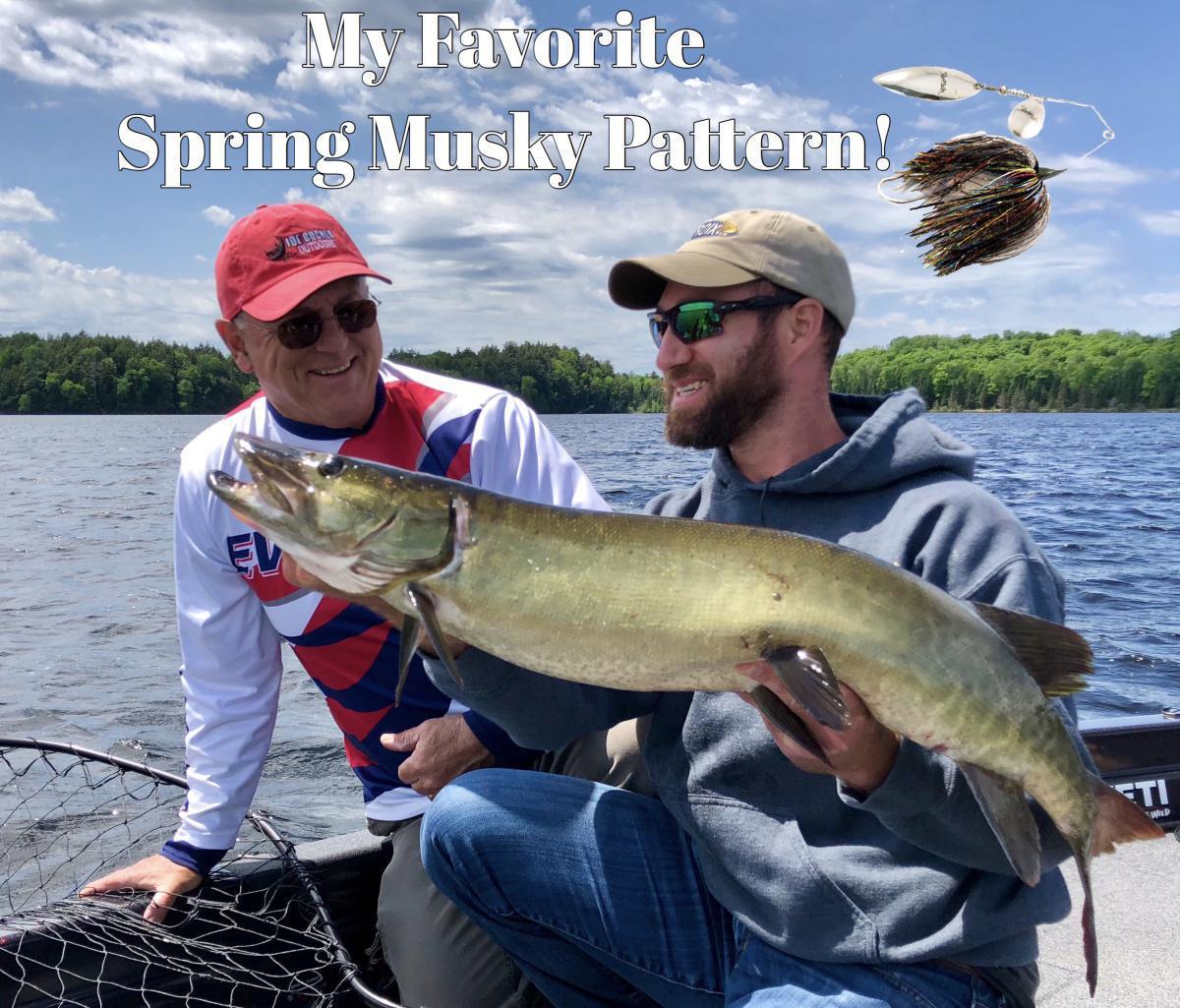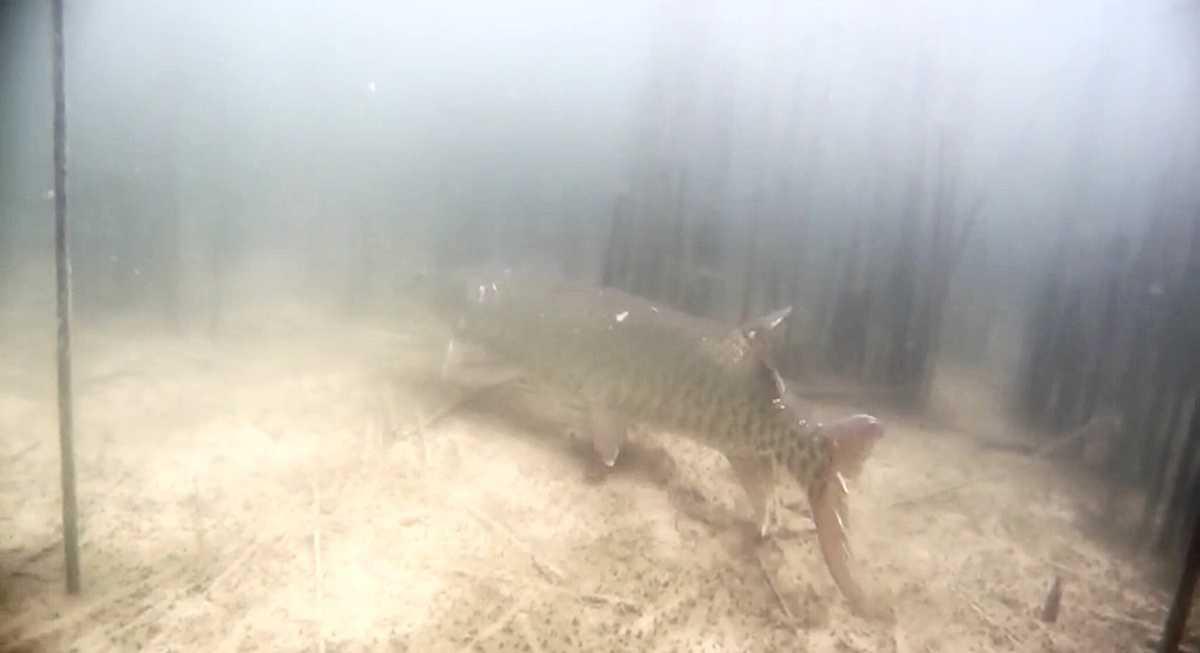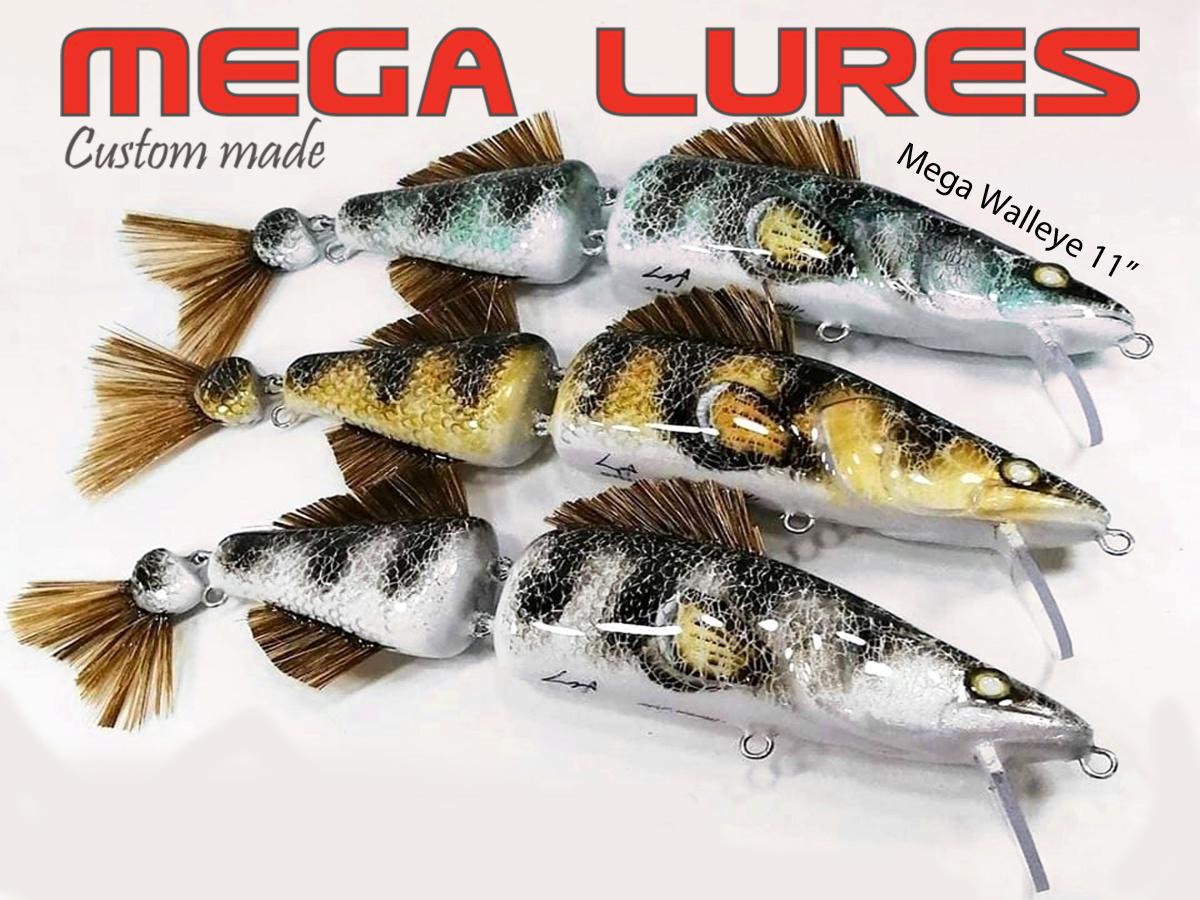A number of tactics can work on spring muskies depending upon the region, topography and weather conditions. The pattern presented here is somewhat unique to northern waters for sure. Yet the principles of the solar influence as well as lure choices is apt to work anywhere it is applied.
Many favorite musky waters throughout the northern part of the U.S.A. as well as portions of Canada contain large extended sandy flats with reeds or what some also call bullrushes. Spring muskies slip up onto these reed flats soon after ice out and often utilize them throughout the entire spring period including right thru their annual spawn. Reeds receiving a lot of sunlight exposure can be particularly good real early since they are bound to contain noticeably warmer water. However, reeds on shaded or cooler portions of a lake are bound to hold a musky or two later also, and can be particularly good at the very end of the spring season.
Reed density and the fact that reeds are often emergent cover restricts the use of many conventional multi-treble hook musky lures. This is primarily why the single upriding hook lures like a spinnerbait or weedless jig can be so deadly in this kind of cover. In fact, you will find out quickly that treble hook musky baits hang up too much in this environment. The texture and emergent nature of reeds simply won’t allow a treble hook to slide thru. Single hook lures is the only way to effectively attack spring reed muskies
Ideal reed tackle for musky spinnerbaits and swim jigs is an 8 1/2 to 9 foot medium heavy rod, a larger baitcast reel and at least 65# braid. I tend to keep the drag set a tad on the “too tight” side for “reed-skis” and fight them with an aggressive battle style including a quick net job in order to keep thrashing reed muskies hooked.
The actual art of casting spinnerbaits and swim jigs and working them through reeds also requires a few retrieve tricks. For one, this is not a tactic that works well with real fast retrieve reels, and a high rod position. Both of which tend to make the spinnerbait pop out of the water when any heavy reed contact is made. Instead, opt for a slower geared reel and a lower rod position keeping spinnerbait as well as a swim jig in the water and working at a more even keel. I tend to retrieve both lures with the rod pointed right at the lure retrieving steadily through reed clumps. Avoid pulling, jerking or yanking on the rod a lot since it upsets the lure action.
A lot of these spring reed muskies can be caught by sight casting too. In fact, sight casting is often the preferred approach. Wearing a good set of polarized sunglasses, stand high on the front deck of your boat and ease along the outside of a potential reedy flat with a low steady trolling motor speed visually peering ahead — trying to spot em. Once a fish is located, the trick is to pitch the lure far enough ahead and in front of the fish as not to spook it, and then retrieve it back into its site path.
Most often, you will see the musky’s reaction to the bait. A fish that turns and swims off is a tougher one to catch. However, an interested fish perks up and approaches the lure. A hot fish might actually bolt up to the lure and snatch it. A final trick I often employ with swim jigs on muskies that follow, but don’t strike is to suddenly kill the retrieve allowing the jig to plummet to the bottom. Many times, this quick maneuver triggers the strike. Yet, once in awhile simply leaving the jig sit there a spell makes the musky stare it down almost daring it to move again. A sudden burst of the reel pops the lure upwards triggering an explosive strike.
Finally, blind casting spinnerbaits and swim jigs over large expansive reed flats is certainly effective for muskies in weak visibility situations. In other words, you don’t have to sight fish ‘em, nor do you have to see ‘em to catch ‘em. Systematic fancasting a big reed flat is bound to uncover a number of musky hotspots. Don’t be surprised if you bust a bonus big bass or two while searching for these shallow reed ‘skis. Oversized spinnerbaits and big swim jigs will attract strikes from some of the biggest bass in that body of water. In fact, don’t be surprised if a musky suddenly races up out of nowhere and sinks its teeth into your hooked bass!








